“Our ancestors used to carefully wrap these in wooden boxes so as to ensure that they would remain safe while transporting them from China. The traditional Gara couldn’t be washed either; the colours used were raw and washing them would lead to a loss of the original colour. The garas these days can be washed and are available in a variety of fabrics but there’s something about the 100-year-old Gara my mother gave me. Its beauty is unmatched and the cultural value cannot be described in words.”


As Saker Vajifdar showed her collection of Parsi Gara sarees, which are known for the intricate embroidery and mesmerizing motifs, she told how fiercely a Parsi woman guards her Gara. Like jewellery that is passed down generations, a Gara is an heirloom that Parsis cherish and nurture.



When the Parsis first settled in Gujarat, Parsi men started trading with China. Initially they went to buy tea from the China and sell it in India. During the trade sojourns, they discovered a beautiful silk fabric called ‘gaaj’ or ‘paaj’, such exquisite was its beauty that they ended up buying yards for their wives. This fabric was later decorated with beautiful and elaborate embroidery. Nature-based elements like plants, birds, roosters and more were incorporated in the motifs along with motifs of men, women, dragons and pagodas; the former being a Parsi influence, the latter a Chinese influence. While the extent of embroidery varied, a minimum of 3.5 inches along the border was to be adhered to. The embroidery designs and patterns reflected an amalgamation of Iranian and Hindu cultures. Garas were traditionally in rich, royal colours like purple, dark green, wine, orange-red, maroon, black and magenta.



Somewhere around the mid-30s, with the ‘Make in India’ movement rising, trade with China reduced significantly. Later, with China becoming a communist nation, garas were no longer imported from China since trade was reduced. However, in the 80s, gara came in vogue and a second phase in the history of Gara sarees unveiled.

Several Parsi designers started scouting Indian fabric which could hold the weight of Parsi embroidery and started crafting exquisite Gara sarees in silk and georgette. Unlike the original Garas, these ones could be washed. These designers also diversified the colour palette of the Garas and included lighter shades like beige. Today you will find garas in pastels and neon colours too with the Queen of Netherlands having been spotted in one; clearly the Garas are keeping up with millennial trends!



While the original Garas that were brought were China had pure handwork on them, the newer ones can be either machine-made or hand-made. In addition to these two dimensions, garas may either be sold as ready-made pieces or customized according to tastes and preferences.


Monaz Patwa Marolia, a hotelier , says, “In terms of how extensively designed the gara is, you may have 3 categories; the first one contains detailed embroidery around the 3-3.5-inch border, the second one has more embroidery across the saree but some small blank patches whereas the third type is completely covered with mesmerizing embroidery. The price of each type of gara differs depending on how much embroidery you desire and whether you want handwork or machine-work. A Gara crafted with machine-work takes 3-4 months to complete whereas a handwork Gara will easily take up to 6 months!”
When asked if the significance of the Gara has gone down over the generations, Monaz says, “Garas still hold an incredibly important place in every Parsi’s life! For a Parsi woman, it is mandatory to wear a Gara for any one of the side functions before the wedding, either the Adrani or the engagement. Till date it is worn in the traditional style wherein the head is covered. The style of the Gara may vary or the work may change depending on each person’s budget and the time they have at hand, but a Gara is still something we Parsis love and hold closely to our hearts. Each family has at least one Gara that they wear and preserve for the generations to come!”
Today you can shop Garas online or get one customized by designers renowned for their skills. Ashdeen Lilaowala has a lovely boutique in Delhi that crafts luxurious Garas whereas Zenobia Davar is the designer to visit if you’re looking for authentic hand-embroidered Garas in Bombay. Davar describes the embroidery on a Gara as ‘painting with a needle’. “I lose my sleep if I do not get it right. I rip open all the stitches if they aren’t perfect,” says Zenobia Davar, as she talks about her passion for the Parsi gara embroidery in an interview with Sahapedia.
-

Zenobia Davar
Buying a Gara today is much like an investment. The rich work and the precious fabric comes at a price. A Gara with only machine work would cost around INR 25000 upwards whereas a Gara with pure handwork would cost anywhere upwards of INR 1 lakh. Maintaining a Gara is also a serious affair; it needs to be folded and stored properly. “Parsis are immensely attached to their Garas. Even if a Gara starts showing signs of wear and tear, we try our best to preserve it; we turn it into a kurta or a top or anything that can still be worn”, says Perizaad Ghosh. For us it’s much more than a garment, it’s a very important part of our culture and that is not something one parts with easily. My daughter Vahishtai, aged 22, loves wearing a Gara and that goes to show that the love for the saree is just increasing with every generation.”
-

Vahishtai Ghosh, Perizaad’s daughter, in a Parsi Gara saree
The Gara, an age-old Parsi tradition, goes into a Parsi bride’s trousseau. It is passed from a mother to a daughter and preserved for generations. Even today, millennials and Gen Z Parsis love wearing a Gara and getting Instagram-friendly shots in them! Despite the changes in the political and social climate, the Gara is something that has remained constant yet evolved beautifully. It is, in all ways, a timeless tradition; one that will never go out of style.


Want to know more about the Parsi Gara or buy one for yourself? Bookmark this post to help you with your hunt for the perfect Gara.

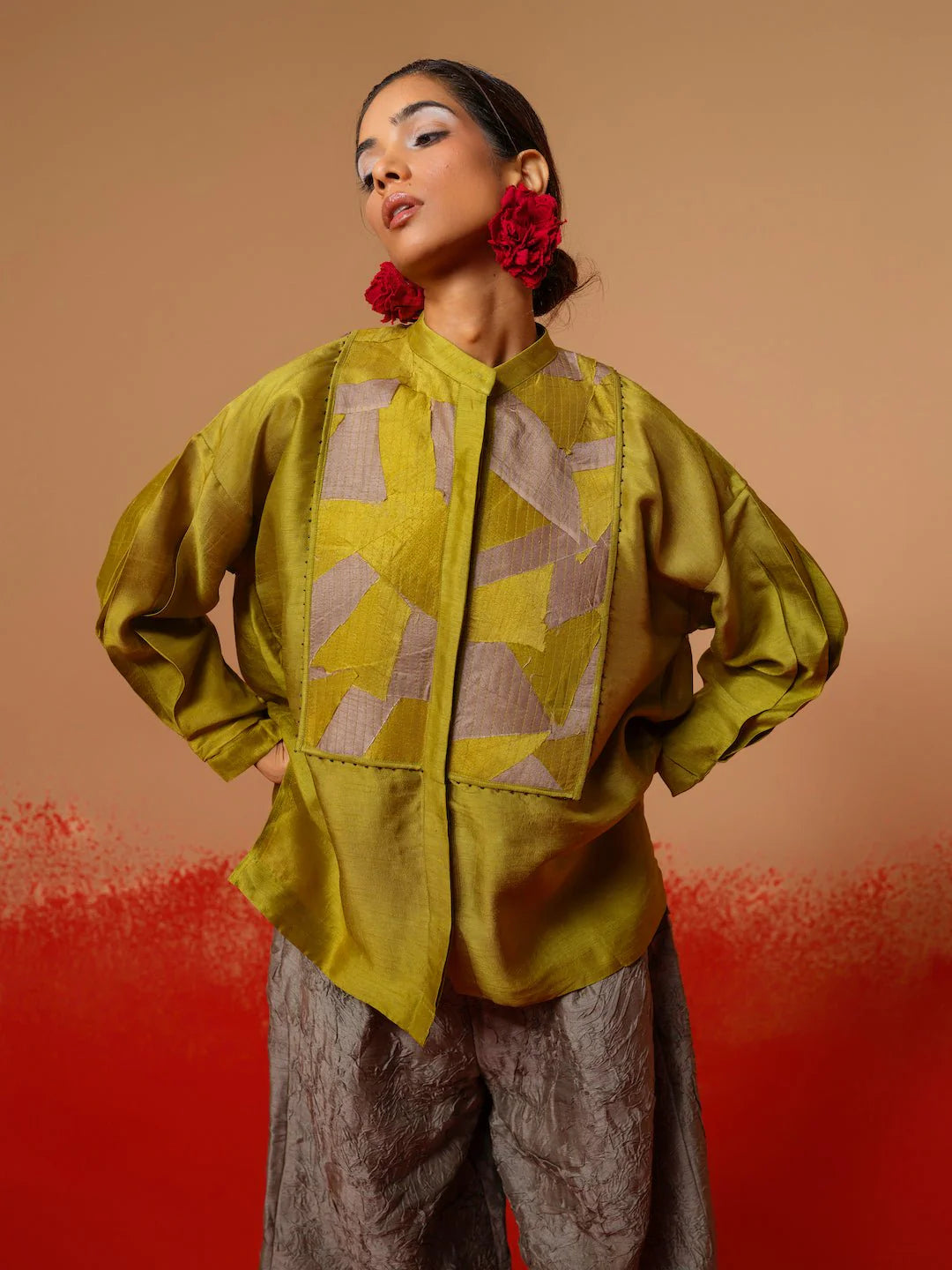
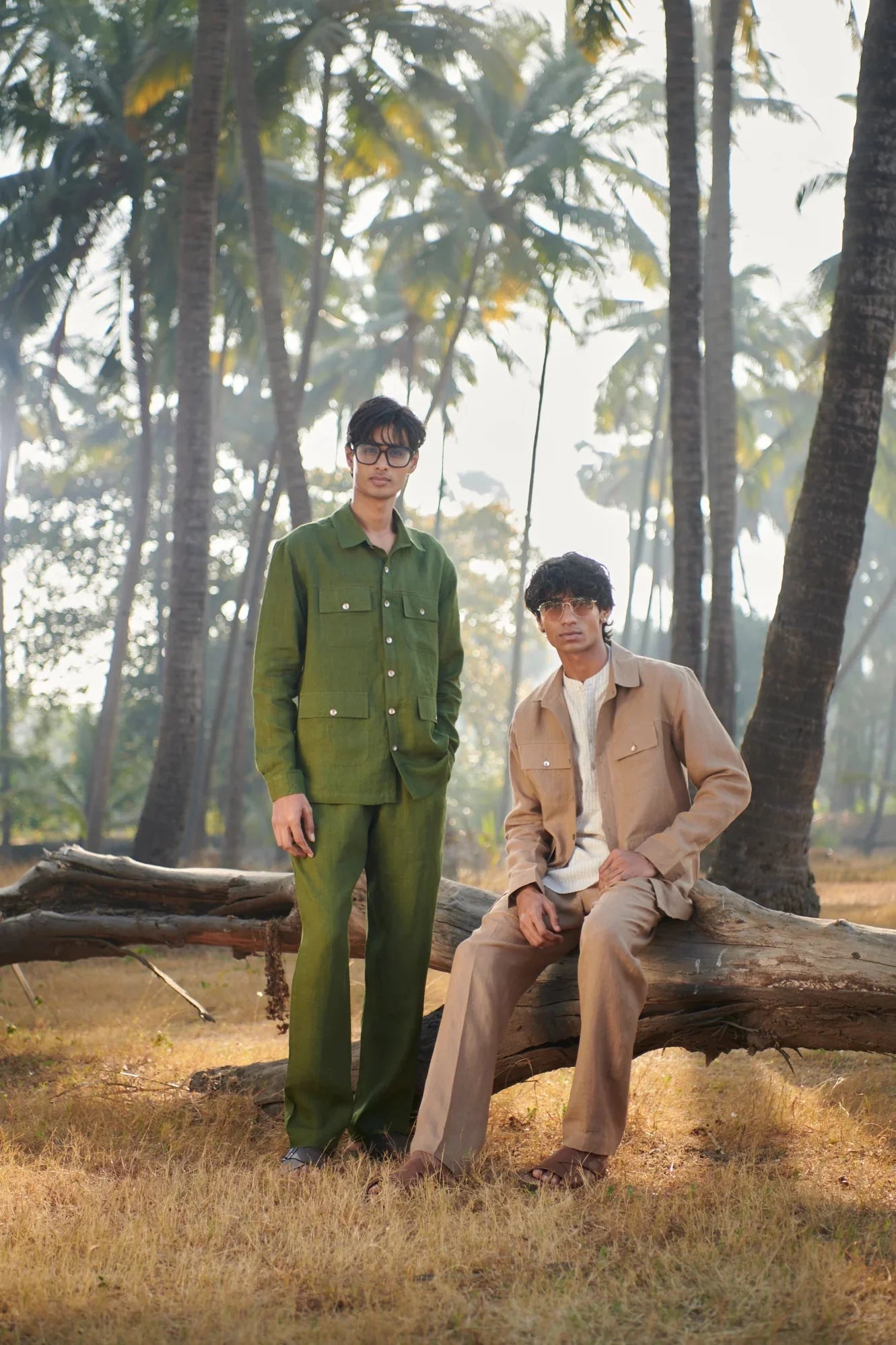
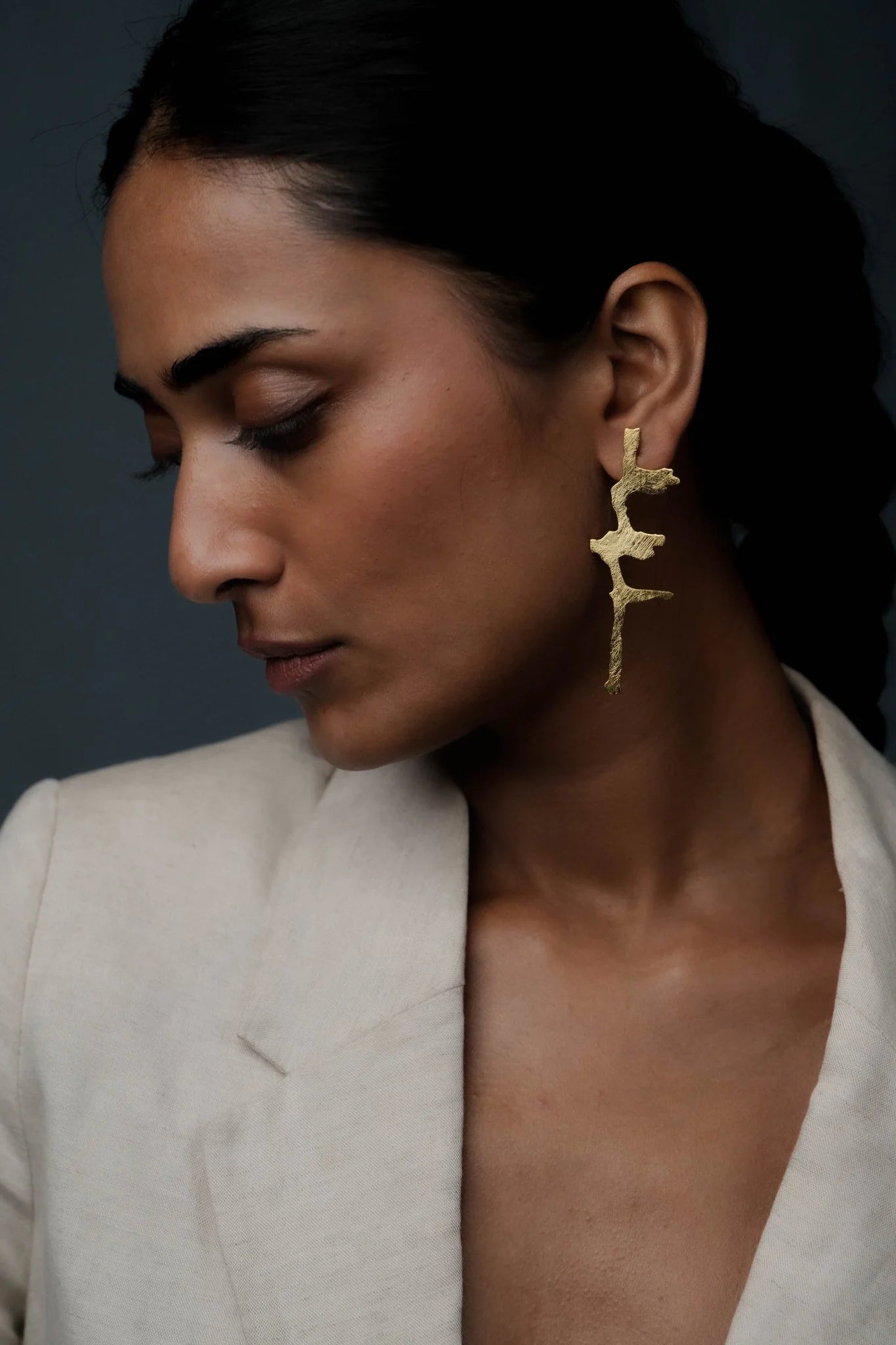

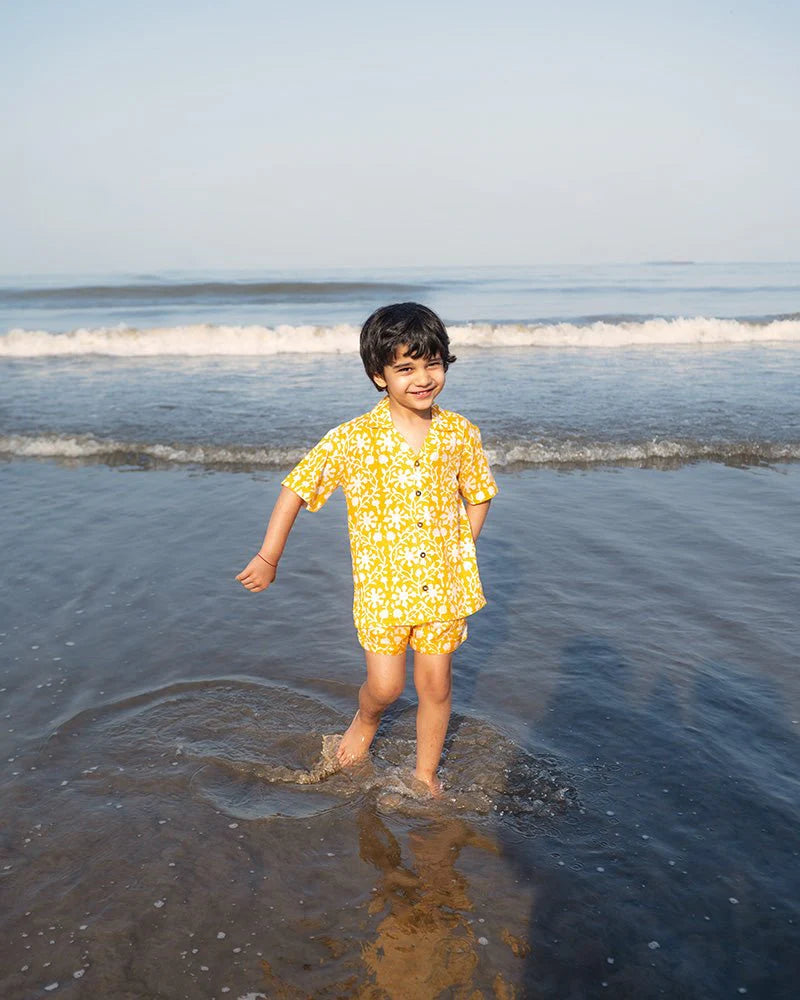
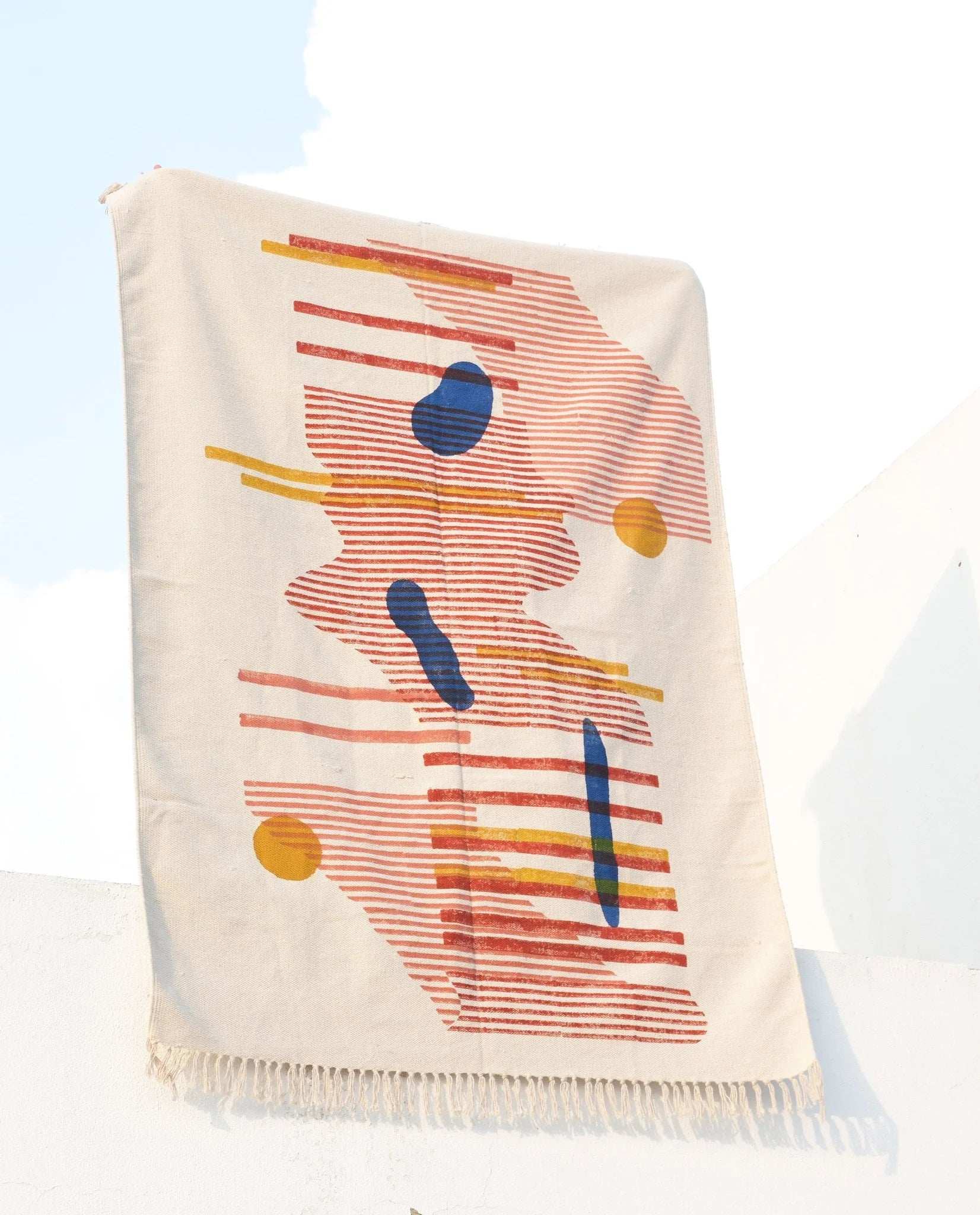

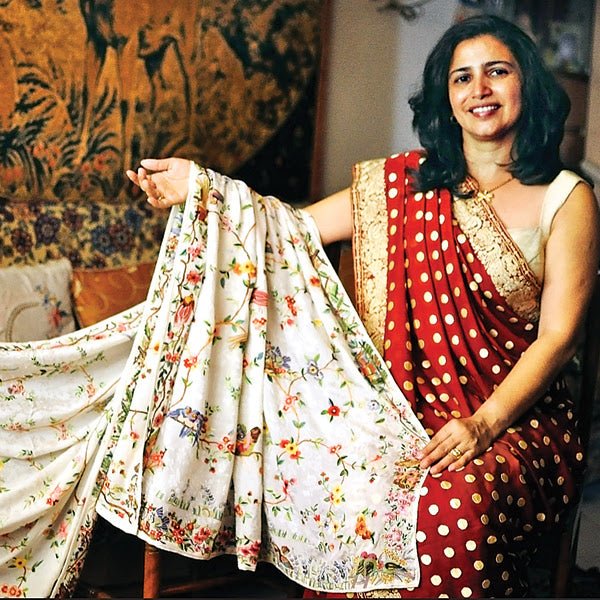



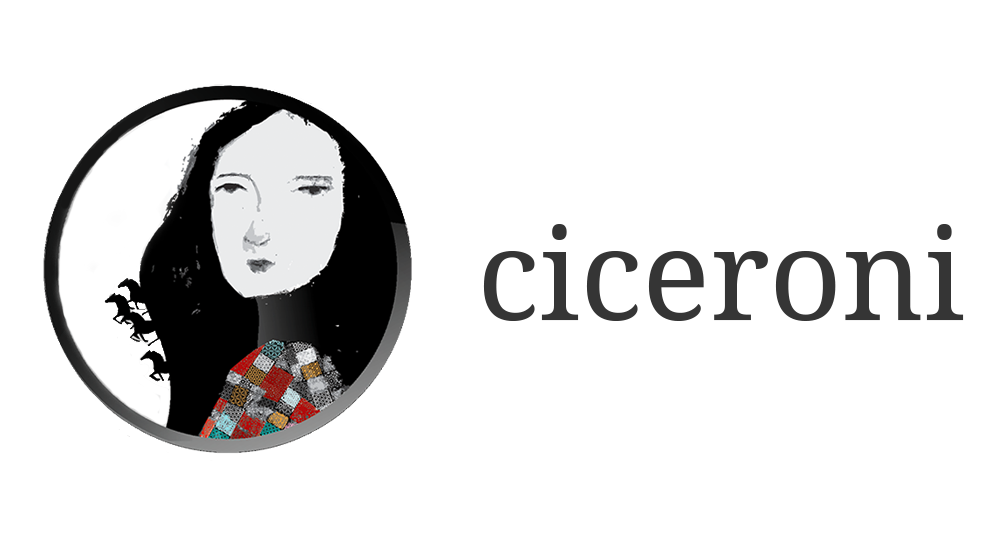

Comments
Loved the information shared. For me and surely for all the Parsi ladies, it is super exciting to see beautiful, beautiful Garas, especially the heirlooms. Happy to have seen this post today.